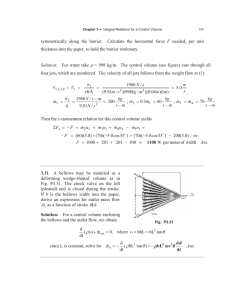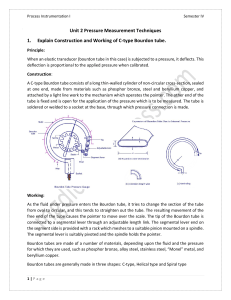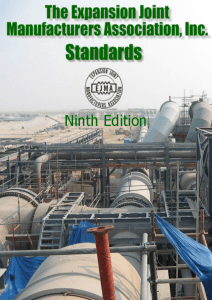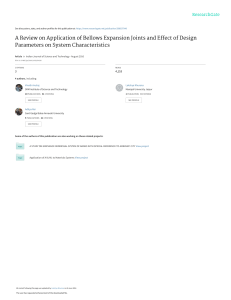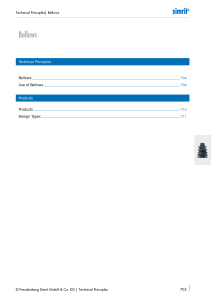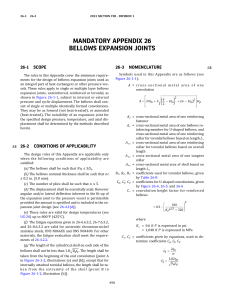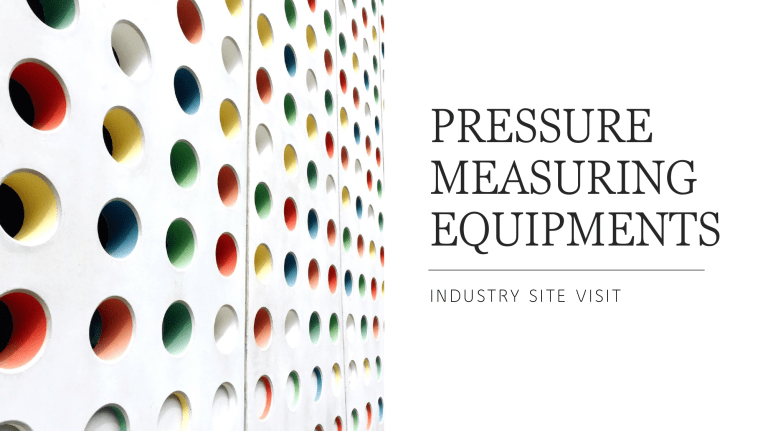
PRESSURE MEASURING EQUIPMENTS INDUSTRY SITE VISIT Objective of CEP 1: To visit the oil company 2: To observe the process of pressure measuring instruments along with their working. Scope of CEP Oil companies aim to lower operational costs while meeting regulatory requirements. One method of fulfilling both of these goals is implementing reliable measurement and monitoring technology—such as temperature and pressure instruments—in oil equipment/systems. These devices allow engineers to monitor and track temperature, pressure, and other critical operating parameter levels and determine when system updates or modifications are required to achieve peak performance. By optimizing their operations, companies can better ensure the safety of their employees, the quality of their products, and the efficiency of their processes. Combined, this translates to greater cost savings and compliance with environmental sustainability practices. Methodology MACHENICAL PRESSURE GUAGE Pressure gauges are used for a variety of industrial and application-specific pressure monitoring applications. Mechanical, or analog, pressure gauges have an analog face which displays the pressure reading using a dial. Diaphragm Pressure Gauge Bellows Pressure Gauge Piezometer Pressure Guage On Site Bellows Pressure Gauge Bellows pressure gauges are devices used to measure absolute and differential pressure. The main element, the bellows, is a flexible membrane in the gauge whose expansion and contraction support the measurement of pressure difference in the system. It is the diameter of the bellows that determines what force can be transmitted to the transmission mechanism. In order to have sufficient surface area for the pressure to act on, a larger diameter is selected for the measurement of very low pressures. WORKING PRINCIPLE The main component of the bellow pressure gauge is a bellow, which is a convoluted, elastic, thin-walled metallic cylinder (A), which moves axially when there is a change in pressure. Most bellows are spring-loaded which helps in preventing the full expansion of the bellow. The limit in expansion prevents bellows from damage and improves its service life. The bellows are connected to the pressure inlet (C) and the linkage which is attached to the pointer (B) When the pressure to be measured is applied to one side of the bellow (inner or outer layer), the pressure results in the movement of the bellow. This linear movement of the bellow is then transmitted to the linkage. The displacement is then indicated by the pointer that is in contact with the linkage to display the accurate pressure measurement in the system. Pressure compressor In a compressor, pressure is generated by pumping quantities of gas into a tank or other pressure vessel. Progressively increasing the amount of gas in the confined or fixed-volume space increases the pressure. The effects of pressure exerted by a confined gas result from the force acting on the container walls. This force is caused by the rapid and repeated bombardment from the enormous number of molecules that are present in a given quantity of gas. Actual condition of instrument TANK GAUGING Many people like the advantages of using a hydrostatic measurement to determine liquid levels in tanks. These measurements are made with bubblers, or for non-pressurized tanks with a direct head technique. Manometers and mechanical gauges are used in this application because of their simplicity of installation and calibration and because of their high accuracy at a low price. Conclusion On site, we analyze the pressure measured by a pressure gauge is always above the atmospheric pressure. Hence, absolute pressure of the system is obtained by adding atmospheric pressure to the pressure measured by gauge pressure. With the help of this process we are able to provide a proper flow of oil according to our needs.


